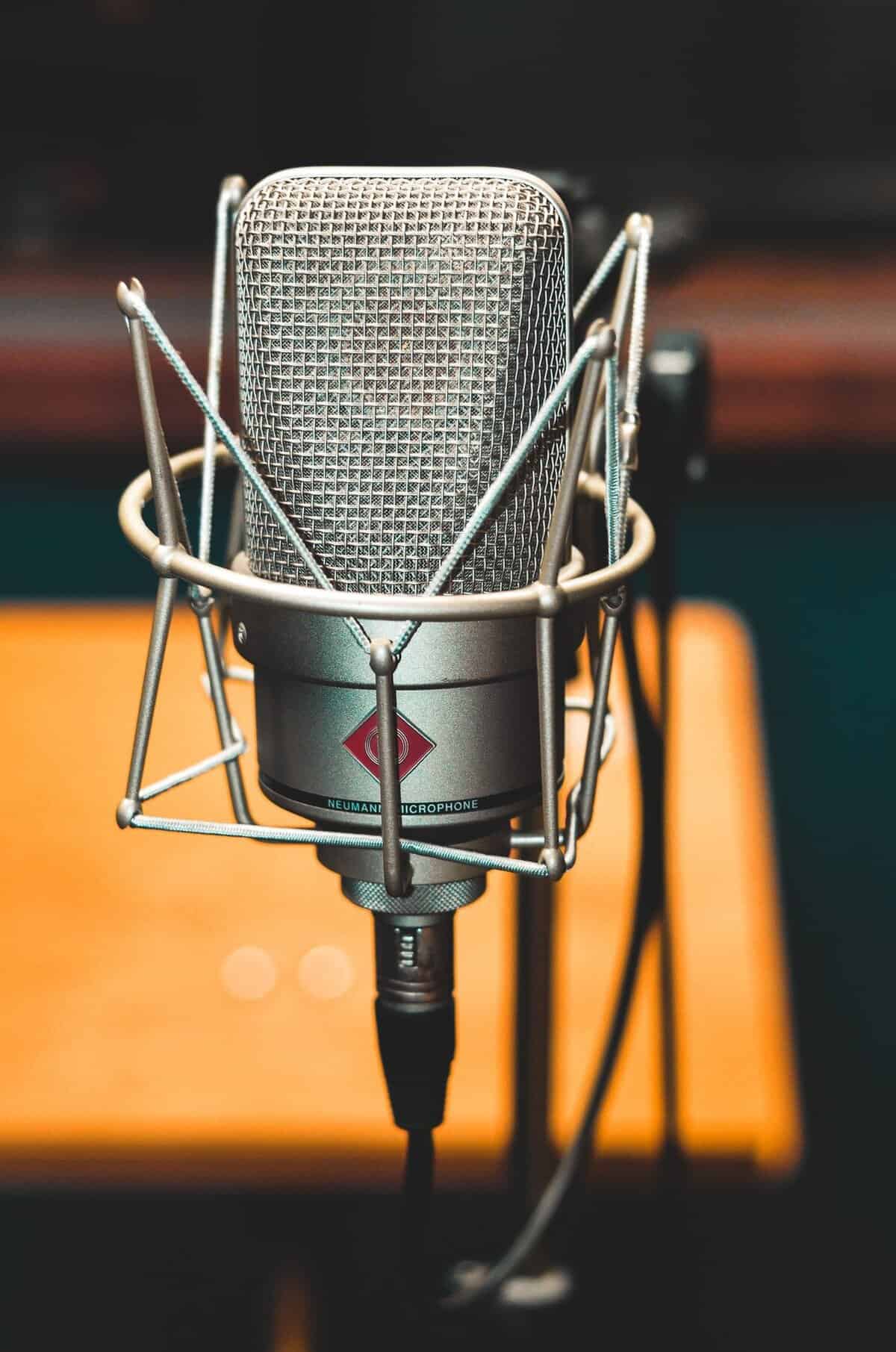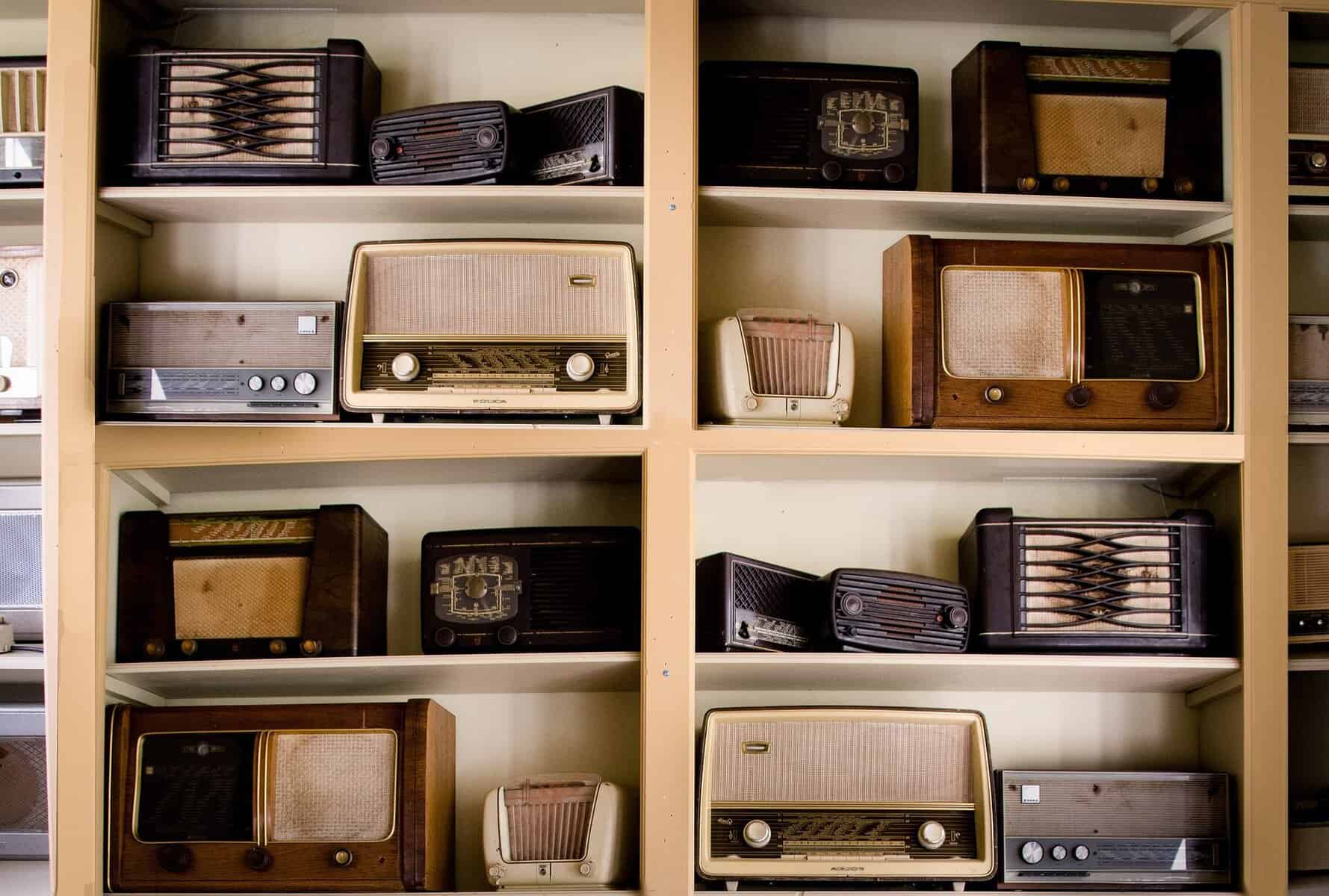You’ve sent out your email campaign, paid to put your ads on every webpage google could find, what’s next? Your website? Well ideally you want your customers to find you, but how will they find whatever specific product or discount or service you’ve just spent so much money on advertising. The answer is landing pages.
Landing pages are web pages that allow you to capture a visitor’s information through a conversion form. A good landing page will target a particular audience, like that email campaign you just did. Creating landing pages allows you to target a particular audience, offer them something of value, and convert a higher percentage of your audience into leads. Landing pages can also capture information about who’s visiting your page and what brought them there.
Landing pages also give your offers places to live. Any special offers you might be running have a specific spot where visitors can trade their information for the offer. This allows you to gain some new customers, information about your demographics, and new leads to maybe sell to. The new leads give you fuel for other marketing campaigns. Maybe they didn’t bite on the original campaign, but they were engaged enough to respond, so another campaign might do the trick. Landing pages also give you information on what your consumer base is engaging with, as well as insights as to the effectiveness of your marketing campaign.
The headline of a landing page is the first thing visitors see when they arrive at the web page. Headlines should be clear and concise, summing up what the offer is in simple, plain words.
The copy of the landing page should be simple and short. It should clearly express what the value of the offer or product is in a plain and compelling way to attract the customer. Keeping it short is essential. Having a quick turnover from access to the conversion of the customer is ideal.
Your page title, headline, headings, and copy should have keywords to optimize for search engines.
You should enable links to your social media and links that allow the visitor to share your offer on their own social media. This should go without saying, but you want them to share your products around for you.
You should hide your site’s navigation on landing pages, or at least minimize it. This will reduce irritation for your customer, focusing the page on the specific product or offer the page is promoting. It will also decrease distractions for the visitor, and stop them from easily leaving the page.
A simple form that allows your visitor to trade their information for the offered product. Keep it simple, name, email, maybe a phone number if you absolutely need it.
A good quality image that gives visitors a tangible idea of what they’ll receive. Give them a reason to want to sign up, something to want.
After they sign up for your product, send them to a thank you page. If they give an email, send them a response email with either the offer or if it’s a service something of that sort. Be sure to give them a reassurance that you’ll be in contact with them soon.
The more conversions on your page, the better. While this may seem simple, it is important that every offer you have has a landing page. This allows you to track the numbers of separate campaigns you’re doing and how successful they are. Minimize the distractions. Earlier I mentioned that you should do away with the navigation links of your website, and that’s to reduce the distractions. The entire point of a landing page is to get the visitor to sign up for your product, reducing the complexity and extra links on your page will help to achieve that. Keep the page “above the fold.” That is don’t make the visitor scroll on your page. Keep everything on a single page that sells everything at once. This makes it simpler for the visitor to sign the conversion form and the simpler the better here. Have any questions? Contact us here!
6 Tips For Better Audio Recordings
AUDIO RECORDINGS
If you’ve ever recorded yourself with your phone, or on your computer, then you know just how hard that is to hear. When you craft something like a radio ad or an audio message for your website, headset microphones just don’t cut it. So how do you improve the quality of your audio recordings? Here are some tips for better audio recordings.
1. Get the right kind of equipment.
This might sound like a no brainer, but it is incredibly important. Headset microphones might work on a phone call, but anything beyond that, your audio quality is going to take a hit. Buying a USB microphone to plug into your computer can seriously improve the quality of your recordings instantly. Also, getting a good pair of headphones is a must. Quality headphones allow you to hear the sounds and quality as you record. This will prevent you from realizing later while you’re editing that your recording is useless. Another key piece of equipment is a pop filter. A pop filter is a fabric screen in front of your microphone. The purpose of a pop filter is to cut down on the plosive sounds the speaker makes when they’re close to the microphone. The noise made from the p,t,k, and the b,d,g sounds can cause a pop in the recording. A pop filter works to cut down on that.
2. Get the right software
Getting the right software, like the right equipment, can really take your recording to the next level. Audio recording and editing software is an important part of getting a finished product out there. Audition, part of the Adobe package, is some of the best out there, with others such as Cubase and SADiE being good options as well. Be sure when you record, you record each audio source into separate channels. Record someone talking into one track, music into another, a second person into a third and so on. This will really help you when it comes to editing and releasing the track. For example, if you record all of it on a single channel, then if someone blunders in a speech, you’ll struggle to fix that blunder without fully removing all audio from that section. It is also important to know the difference between mono and stereo for recording. In monaural sound, one single channel (signal) is used. It can be reproduced through separate speakers, but all speakers are copies of the original signal. Stereophonic sound uses more than one channel. You can use two different channels and make one channel feed one speaker and the second channel feed a second speaker. This is used to create directionality, perspective, and space. Usually, you want to record speech in mono and music into stereo.
3. Make sure your audio recordings sound natural
This is probably the hardest part of audio recordings to get right. You want to make sure your recording sounds natural like it’s someone talking to you in their kitchen. But you don’t want background noises like dog barks, cars driving by, or refrigerators running. This can be a challenge to get right. Recording speech with the microphone close to the speaker will minimize any disruptive background noises. Whenever your recording is done, then spend a few minutes recording the ambient background noises of your location. With these sounds you can lay them in post under the talking, bring the volume down to non-disruptive levels, giving your recording a sense of warmth and welcoming. Making sure speech flows naturally is also a key part of post-production. Cutting out any hesitation words like “err” or “ahh” will help make the speech clear for the listener. Knowing when to change the flow of speech is also important, and breaths can be added to pause and edit the flow.
4. Find the right space to record
Finding the right space to record can really improve any audio recording. Walls, tables, and tile can bounce audio waves back into the microphone, severely hurting its quality. Carpet, furniture such as couches, and non-parallel walls do a good job of either absorbing sound or reflecting it away from the microphone. Small rooms are also better for recording, as there is not as much of an echo, Soundproofing is also easier in smaller rooms. Making sure your equipment, like the microphone and pop filter, are attached to objects that are not constantly being bumped or touched will cut down on audio blunders. Renting out a recording studio is also an option and it will have all the amenities and soundproofing you need.
5. Always be prepared
Make sure your equipment works before using it. If you ever do offsite recording, make sure your equipment works before leaving. Do a test recording. Getting to a site and realizing something doesn’t work is a pain and can cost you time and money. When you’re at your studio, make sure you have backups of everything, as you never know what might break or go wrong. Stay in control of whatever you’re doing. If you’re interviewing someone, make sure you keep hold of the microphone, as it allows you to dictate the pace of the conversation. Make sure you’re prepared before you begin recording. Don’t waste your time or your money by fumbling through the first takes of a recording.
6. Have fun with your audio recordings
Have fun with your work. Your audience can tell when you’re genuinely having a good time and when you’re forcing it. Having fun will let your audience have fun as well. Know the demographic you’re playing to and be sure to know what you’re going to say. But have fun with it
CONCLUSION:
Hearing is one of the most important senses humans have. Making something that is pleasurable on the ears can go a long way in helping your product, service, etc. Investing in the production quality of your recordings can also go a long way in making your audio better. Whether you’re making a radio ad, a podcast, a news interview, or a voiceover for a video, using these tips, or going to a studio, can really help you make quality products. For more info about audio recordings, contact us here.




